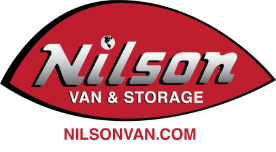
No matter the reason for the move, an office relocation is a huge undertaking that requires careful planning. Of course, knowing where to start is half the battle, but we’ve got you covered with this office move checklist you can use now and throughout the process.
- Determine your budget – this is critical to the process. You must know how much you can spend on each aspect of the move.
- Set your ideal move date – you want minimal impact on your business operations and customer contact.
- Contact moving companies – get quotes and information on moving details and services. Compare rates from two to three different companies to help provide you with an overview of their services and which fit best with your needs.
- Notify employees – let your team know of the move so they can adjust to what the move will mean for their drive and proximity to their homes, kids’ schools, activities, etc.
- Get the staff on board – set expectations and create planning committees to get them involved.
- Set up task lists – employees do well with a timeline and schedule they can follow to avoid overwhelm or having a communication disconnect.
- Communicate externally – inform partners, vendors, clients, and suppliers of the move, including the address and expected move date.
With many employees moving to work remotely and the reduced need for office space, many companies are choosing to relocate to downsize. Other companies are booming and need more space for the work they do. No matter the reason for your business relocation, count on a reliable team of moving professionals to ensure it goes smoothly. Contact the Nilson Van and Storage team today for a free quote and all the support you need for your office move.











